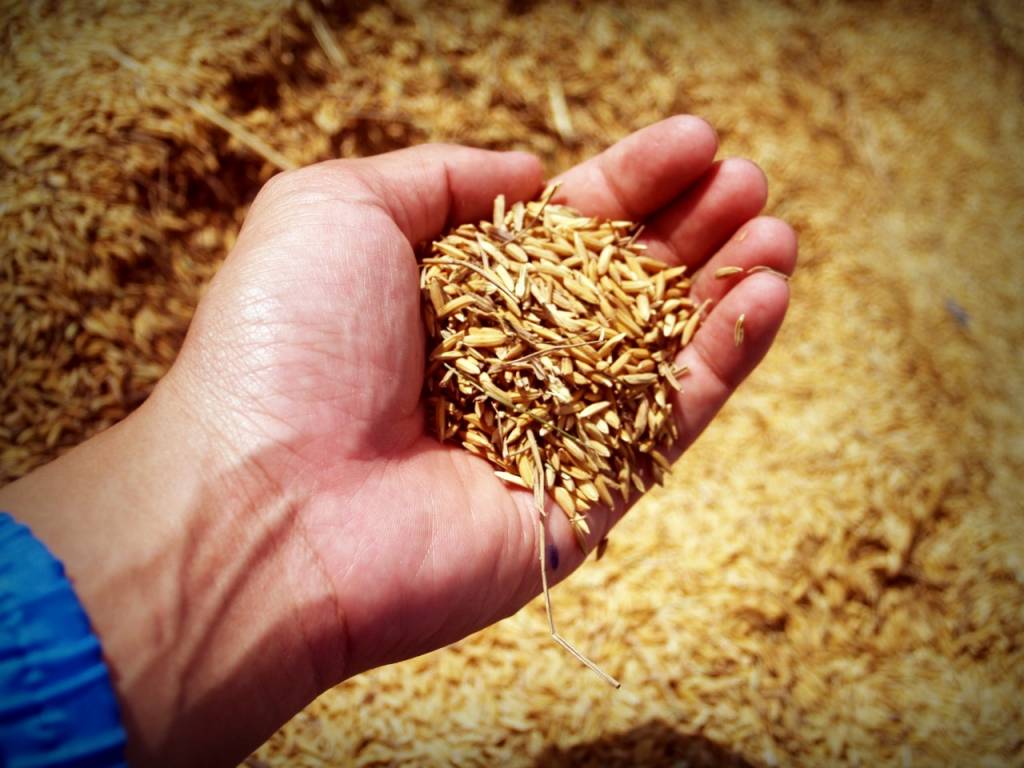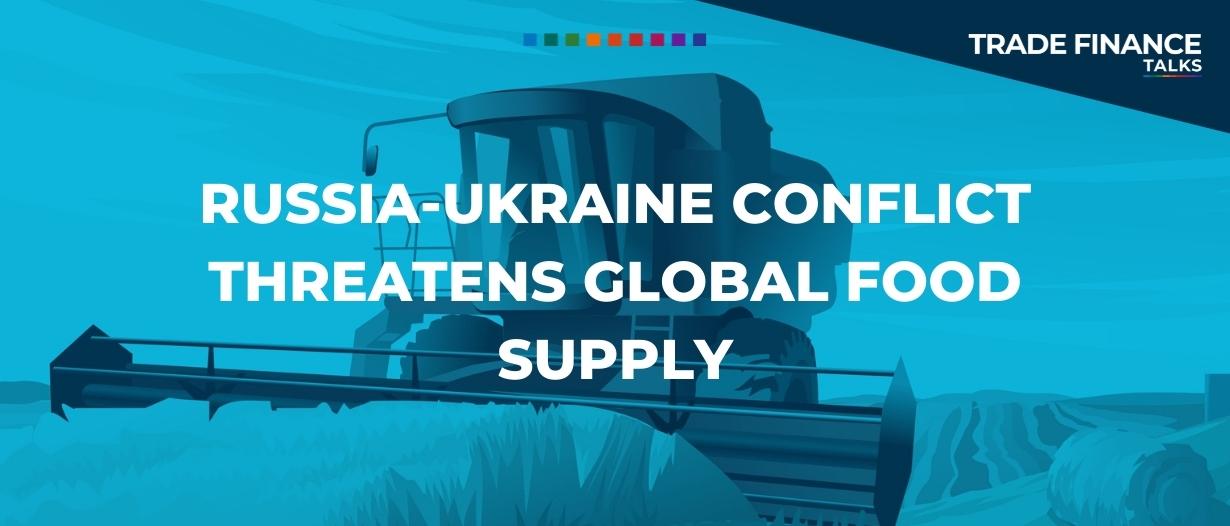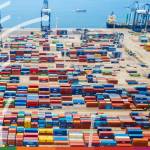The Russia-Ukraine conflict is having a debilitating effect on the cost of staple foods. Wheat and corn prices are skyrocketing, pushing already precarious regions such as the Middle East and Africa, to the brink.
Russia-Ukraine conflict creating destabilizing food security crisis in Middle East and Africa
Many forecasters have remarked that the Russia-Ukraine conflict could have unforeseen economic consequences for the globe.
Some of these are now beginning to emerge.
The conflict and subsequent sanctions imposed on Russia are disrupting wheat production and supply chain processes, causing both the inability to get wheat and a huge hike in wheat prices.
As a major wheat producer and the world’s fifth-largest exporter of grain, Ukraine has long been known as the ‘breadbasket of Europe.’
After the European Union, Russia is the second-largest exporter of wheat and is one of the three largest wheat producers in the world.
Taken together with Ukraine, the two countries currently, account for about 41% of the world’s total wheat production.
An added and hugely disruptive complication is the supply of natural gas and chemicals needed to produce fertilizers, both of which have been impacted by sanctions, along with a range of other exports.
This disruption has led to an increase in global commodity prices, with wheat futures reaching their highest levels in 14 years, and corn seeing a 9-year high.
These prices are continuing to rise the longer that conflict continues to disrupt supply chains in both regions.
With grains from both countries not reaching their markets, regions like the Middle East and Africa are being adversely affected – both rely heavily on exports from Russia and Ukraine for cereal staples, and neither have any grain reserves to tide them over.
Sourcing replacements from elsewhere is also not a realistic option for many of the worst-hit areas.
Across both regions, the costs for alternative providers are too high, especially when weighed against increases in fuel costs that are currently affecting both food production and transport.

Insult to injury: Russia-Ukraine in the aftermath of a global pandemic
The Russia-Ukraine conflict comes in the wake of an ongoing global pandemic that has hit the poorest the hardest.
Whatever reserves were available, nationally, regionally, locally have been reduced or used up by the more immediate needs of surviving the pandemic.
According to the UN’s Global Food Price Index in the last year, food prices have risen dramatically: meat is up 17%, sugar is up 20%, and vegetable oil is up 34%.
The price index is currently at its highest level since 2011.
Job losses and business closures as a result of the pandemic have already affected both consumer spending power and small businesses.
An inevitable outcome of the increase in the price of staples is inflation, which has risen globally at its fastest rate in 40 years.
The second of the UN’s 17 Sustainable Development Goals is to “end hunger, achieve food security and improved nutrition and promote sustainable agriculture” by 2030.
While the pandemic has made the achievement of this critical goal unlikely, the current Russian-Ukraine crisis has turned what was a humanitarian failure into a potential threat to global stability as a result of a widespread food crisis that could eventually spill over from poorer to richer countries due to domino effects.
Help in the form of financial aid and commodity market support may be needed to avert such a crisis.




























